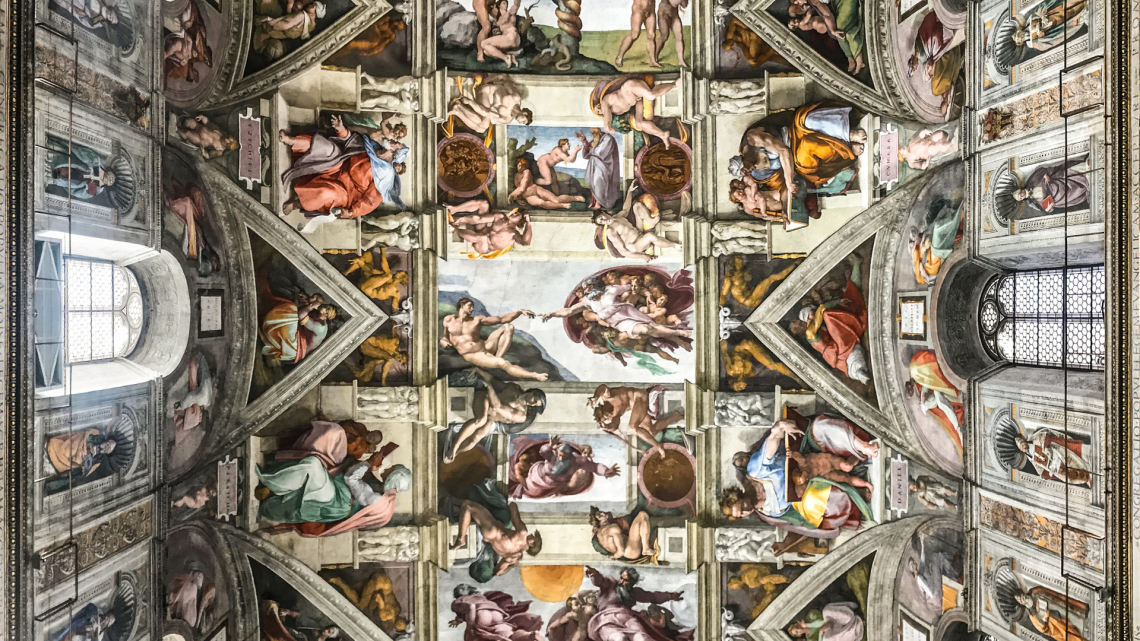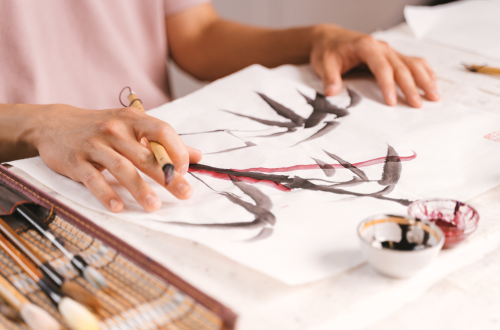
An Unparalleled Master: The Life and Works of Michelangelo
Michelangelo Buonarroti, an Italian Renaissance sculptor, painter, and architect, has been lauded as one of the greatest artists in history. His masterpieces include the Sistine Chapel ceiling fresco, the Pietà for St. Peter’s Basilica, David sculpture, and countless other works that have influenced art and culture throughout the centuries.
In this blog post, we will explore Michelangelo’s life and artistic legacy – from his early beginnings to his lasting mark on history.
Introduction to Michelangelo
Michelangelo Buonarroti is widely regarded as one of the greatest artists of all time. His works are characterized by their stunning realism, emotion, and power. Michelangelo was born in 1475 in Caprese, Tuscany (now Italy). He began his apprenticeship at the age of thirteen with Ghirlandaio, a leading artist of his day. After Ghirlandaio’s death, Michelangelo continued his training under the tutelage of Bertoldo di Giovanni.
At the age of twenty-one, Michelangelo left Florence to study sculpture in Rome. There he was greatly influenced by the work of ancient Greek and Roman sculptors. Upon his return to Florence in 1499, Michelangelo began work on his first major commission, a statue of David for the Florentine cathedral. The following year he completed another masterpiece, the Pietà for St. Peter’s Basilica in Rome. Over the next several decades, Michelangelo produced a wide variety of works including paintings, sculptures, architecture, and poetry.
Some of his most famous works include the Sistine Chapel ceiling frescoes (1508-1512), the Last Judgment (1536-1541), and the dome of St. Peter’s Basilica (1546-1564). Michelangelo died in 1564 at the age of eighty-nine. Today, Michelangelo’s works can be found in some of the world’s most prestigious museums including
Life and Times of Michelangelo
Michelangelo Buonarroti was born on March 6, 1475, in the Republic of Florence, present-day Italy. He was one of five children born to Lodovico Buonarroti Simoni, a prosperous banker and Mayor of Caprese. Michelangelo’s mother died when he was only six years old. His father remarried and had four more children with his new wife. Even though Michelangelo had a large family, he grew up feeling unloved and neglected. As a result, he developed a rebellious streak that would manifest itself throughout his life. Despite his difficult childhood, Michelangelo showed an early aptitude for art. When he was thirteen years old, his father apprenticed him to the noted Renaissance artist Domenico Ghirlandaio.
Michelangelo remained under Ghirlandaio’s tutelage for two years before moving on to study sculpture with Bertoldo di Giovanni. In 1492, at the age of seventeen, Michelangelo left Florence to study classical sculpture in Rome. While in Rome, Michelangelo worked on a number of commissions, including Pope Julius II’s tomb. He also became friends with the leading artists of the day, such as Raphael and Bramante.
In 1501, he returned to Florence where he completed work on his statue of David. The following year he moved back to Rome where he would reside for the next thirty years.
Influences on Michelangelo’s Art
Michelangelo’s art was strongly influenced by the Florentine Renaissance, as well as by classical Greek and Roman sculpture. His style is characterized by realism, idealism, and powerful emotion. His art also reflects the artist’s own personality; he was known to be fiercely independent and uncompromising in his work.
Major Works of Michelangelo
As an artist, Michelangelo was unparalleled in his time. He is best known for his artwork on the Sistine Chapel ceiling and the Pieta. However, Michelangelo was also a master sculptor and architect.
Some of Michelangelo’s most famous sculptures include David and Moses. The David is a life-size sculpture of the Biblical hero David. It was commissioned for the Florence Cathedral but was eventually placed in the Accademia Gallery in Florence due to its controversial nudity. The Moses is a statue of the Biblical figure Moses with horns on his head. It is located within the tomb of Pope Julius II in Rome.
As an architect, Michelangelo designed several key buildings in Rome, including St. Peter’s Basilica and the Palazzo Farnese. He also designed several tombs, including his own tomb which features statues of Day and Night, Dusk, and Dawn.
Impact of Michelangelo on Today’s World
Michelangelo’s art is often said to be timeless. His paintings, sculptures, and buildings have been admired for centuries and continue to inspire people today. Many of his works are considered masterpieces and are among the most famous in the world. Michelangelo’s impact on the world of art is undeniable. His work has influenced countless artists, architects, and designers. His statues, such as the Pietà and David, are some of the most recognizable images in all of art history. His Sistine Chapel ceiling is one of the most iconic masterpieces of all time. Michelangelo’s art continues to inspire people around the world and his legacy will live on forever.
Michelangelo’s life and work were truly remarkable, and his impact on the world of art is still felt today. His skill with painting, sculpture, and architecture was unparalleled in his time, and even now artists strive to emulate him.
Through careful study of Michelangelo’s life and works, we can gain insight into a master artist who changed the course of art history forever.





